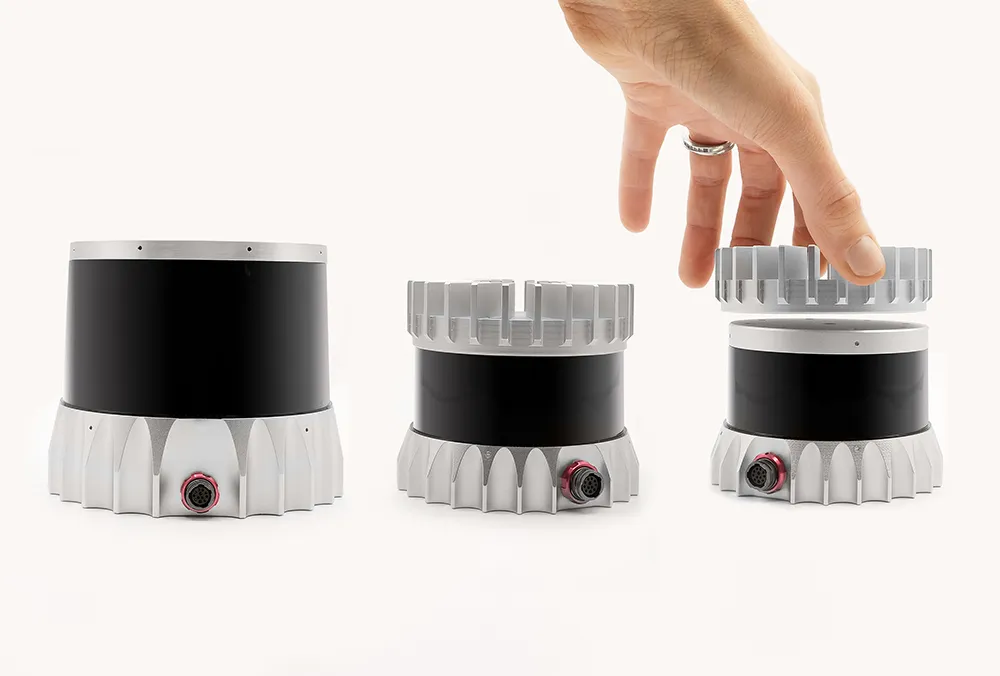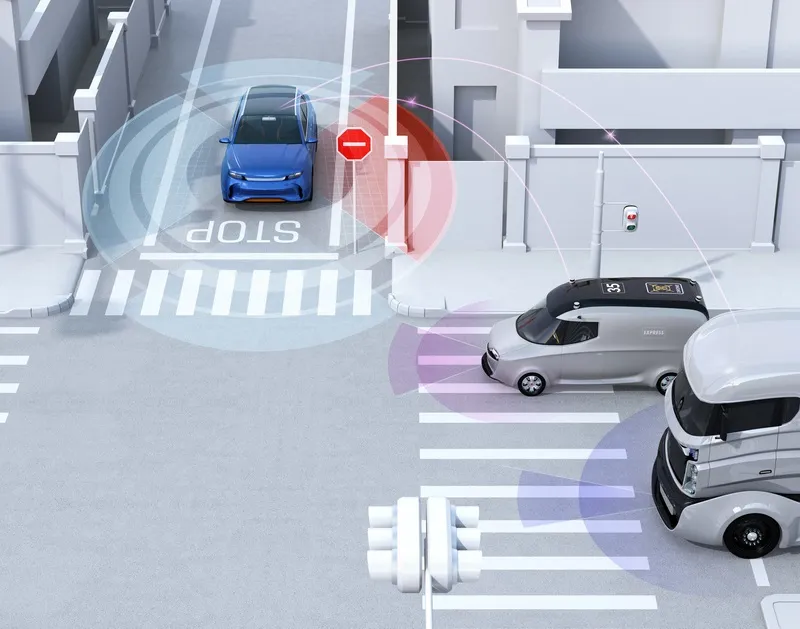For the demonstration, McCain’s advanced transportation solutions are supplying real-time traffic data, including Signal Phase and Timing, and traffic pre-emption, to connect vehicles via a Roadside Unit equipped with Qualcomm’s 9150 C-V2X solution. On display is McCain’s compact Backpack Cabinet, running Omni eX Intersection Control Software on a FLeX Controller. The high-resolution data allow the vehicles to display a countdown timer indicating when the signal will change status and provide safety alerts, including warning of a potential nearby pedestrian or approaching emergency vehicle, as well as enabling emergency vehicle pre-emption.
Both companies are working on C-V2X technology as part of the San Diago Autonomous Vehicle Proving Grounds, along with Ford AT&T and Nokia.
Michael Schuch, president of McCain, and COO, intelligent transportation systems for McCain’s parent company, Swarco, said: We are proud to participate in Qualcomm Technologies’ C-V2X demonstrations highlighting how increasingly connected and autonomous vehicles, by exchanging information with our advanced transportation infrastructure and software solutions, can help improve safety and quality of life. As a roadway infrastructure leader, we strive to ensure that all new communication technologies are effectively integrated with existing and emerging traffic signal control infrastructure to make the travel experience safer, quicker, more convenient, and environmentally sound.”
McCain showcases C-V2X connected vehicle demo at CES 2018
McCain is showcasing its connected vehicle-ready technology at a live Cellular-V2X (C-V2X) demonstration with Qualcomm Technologies during the Consumer Electronics Show 2018. It aims to show how the technology can enable data exchange between vehicles and traffic to improve safety, optimize traffic flow and prepare for automated driving. For the demonstration, McCain’s advanced transportation solutions are supplying real-time traffic data, including Signal Phase and Timing, and traffic pre-emption, to
January 11, 2018
Read time: 2 mins









